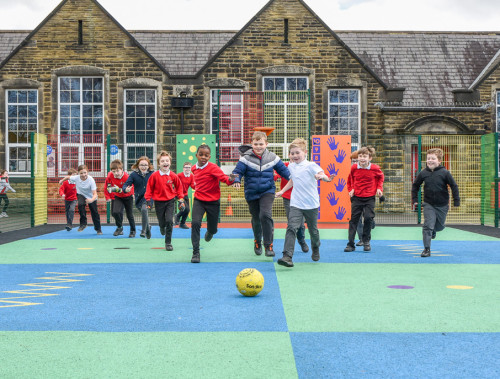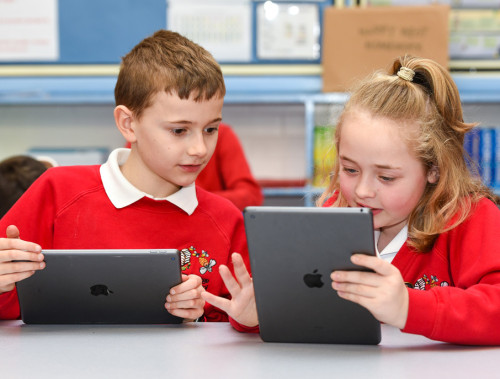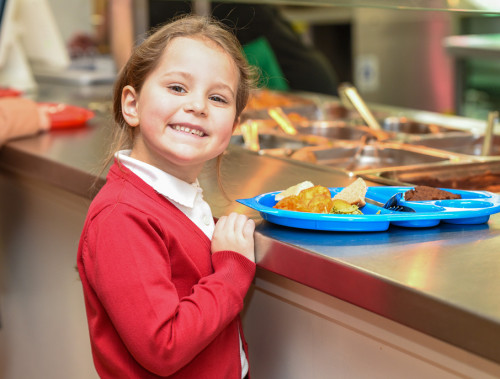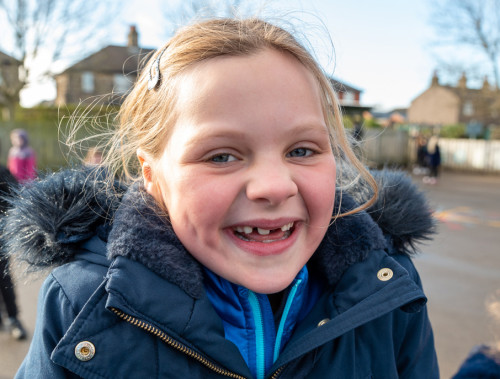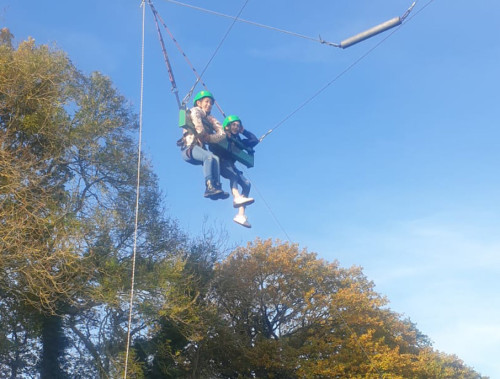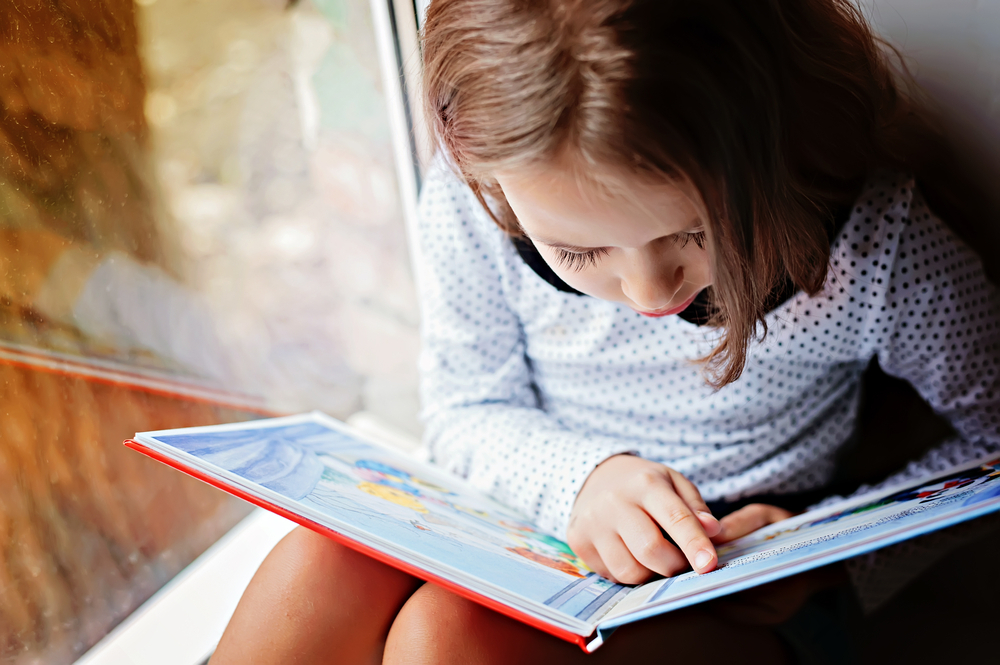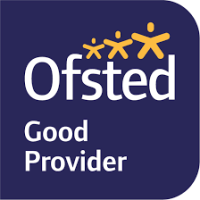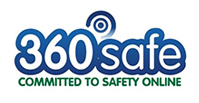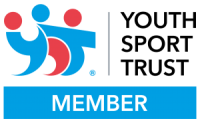Reading and Phonics
At Bilton Grange Primary School we believe that all our children can become fluent readers and writers.
This is why we teach reading through Little Wandle Letters and Sounds Revised, which is a systematic and synthetic phonics programme. We start teaching phonics in Reception and follow the Little Wandle Letters and Sounds Revised progression, which ensures children build on their growing knowledge of the alphabetic code, mastering phonics to read and spell as they move through school.
As a result, all our children are able to tackle any unfamiliar words as they read. At Bilton Grange Primary School we also model the application of the alphabetic code through phonics in shared reading and writing, both inside and outside of the phonics lesson and across the curriculum. We have a strong focus on language development for our children because we know that speaking and listening are crucial skills for reading and writing in all subjects.
At Bilton Grange Primary School, we value reading as a crucial life skill. By the time children leave us, they read confidently for meaning and regularly enjoy reading for pleasure. Our readers are equipped with the tools to tackle unfamiliar vocabulary. We encourage our children to see themselves as readers for both pleasure and purpose.
Because we believe teaching every child to read is so important, we have a Reading Leader who drives the early reading programme in our school. This person is highly skilled at teaching phonics and reading, and they monitor and support our reading team, so everyone teaches with fidelity to the Little Wandle Letters and Sounds Revised programme. The school’s reading leader is Mrs Gibson, Key Stage 1 leader. More information regarding our phonics programme can be found below.
Supporting your child with reading
Although your child will be taught to read at school, you can have a huge impact on their reading journey by continuing their practice at home.
There are two types of reading book that your child may bring home:
A reading practice book. This will be at the correct phonic stage for your child. They should be able to read this fluently and independently.
A shared reading book. Your child will not be able to read this on their own. This book is for you both to read and enjoy together. Look out for the ‘shared reading’ sticker on the book!
Reading practice book
This book has been carefully matched to your child’s current reading level. If your child is reading it with little help, please don’t worry that it’s too easy – your child needs to develop fluency and confidence in reading.
Listen to them read the book. Remember to give them lots of praise – celebrate their success! If they can’t read a word, read it to them. After they have finished, talk about the book together.
Shared reading book
In order to encourage your child to become a lifelong reader, it is important that they learn to read for pleasure. The sharing book is a book they have chosen for you to enjoy together.
Please remember that you shouldn’t expect your child to read this alone. Read it to or with them. Discuss the pictures, enjoy the story, predict what might happen next, use different voices for the characters, explore the facts in a non-fiction book. The main thing is that you have fun!
For children in key stage 2, children will continue to read the appropriate level from the reading scheme we have in school. Once children have moved to the end of the scheme, they will be become ‘free readers’ and can choose their own age-appropriate reading book either from school or at home. Children will continue to be heard read to ensure that what they are reading meets their needs.
We have a list of recommended reads attached below.
How can I support my child with their reading comprehension at home?
At Bilton Grange we use VIPERS to help children understand the meaning of what they read.
We hope you find these resources useful!
Please ask your child's teacher if you would like more information about how you can support your child's learning at home
